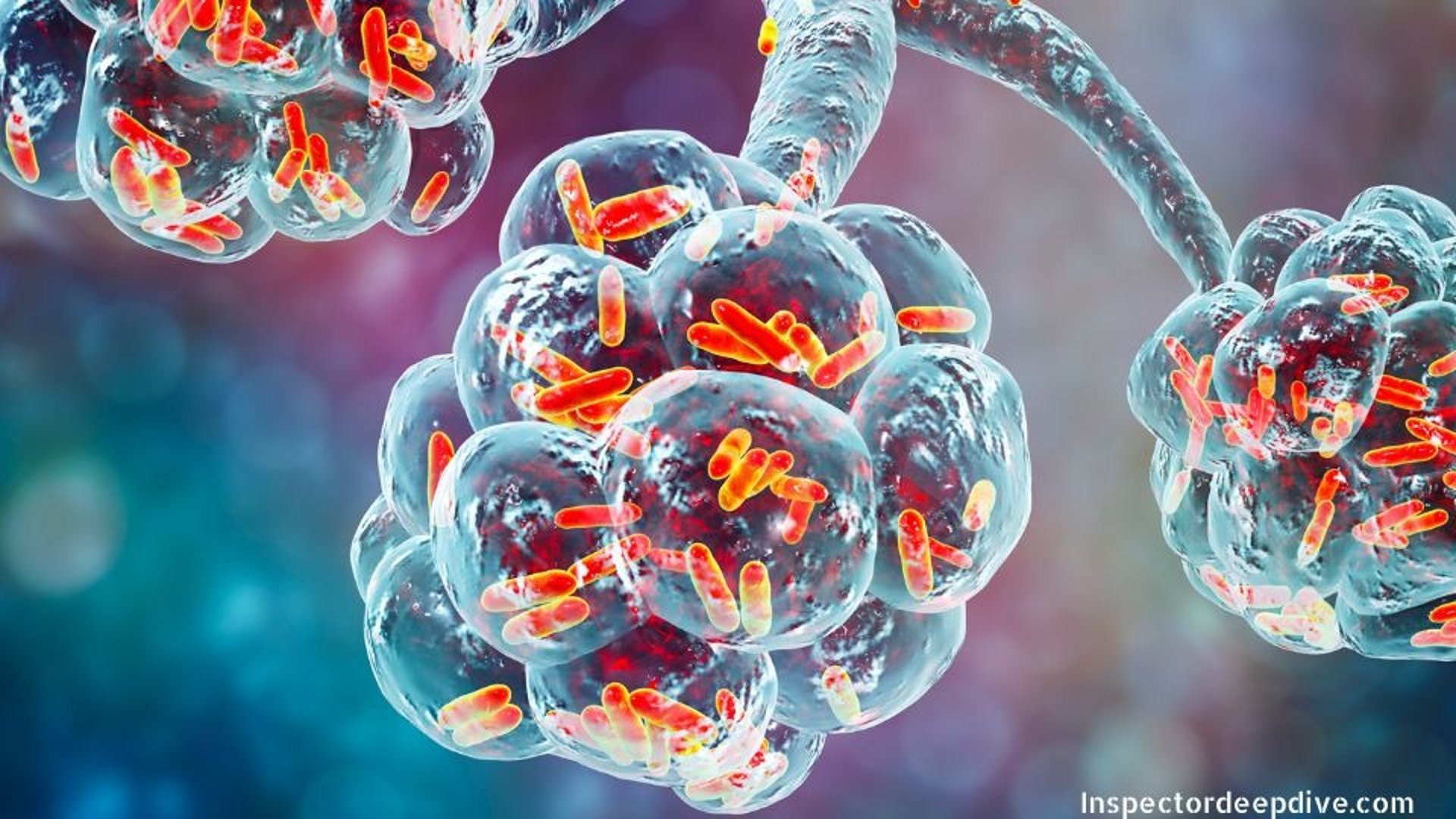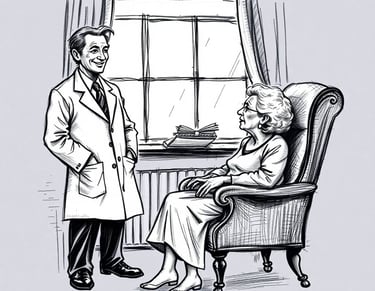“What Does ‘-itis’ Mean? Understanding Inflammation Suffixes in Medical Terms”



What is -itis ?
Itis refers to a category of medical conditions that involve inflammation or infection in the body. These conditions often cause symptoms such as pain, redness, swelling, heat, and loss of function in the affected area.
Examples of common -itis conditions:
Appendic-itis: inflammation of the appendix
Pneumonia: infection and inflammation of the lungs
Mening-itis: inflammation of the membranes around the brain and spinal cord
Myocard-itis: inflammation of the heart muscle
Pancreat-itis: inflammation of the pancreas
Arthr-itis: joint inflammation
Encephal-itis: inflammation of the brain
Sepsis: widespread inflammatory response to infection
Tonsill-itis: inflammation of the tonsils
Bronch-itis: inflammation of the bronchial tubes
How does -itis begin?
-Itis usually starts when the body detects a threat such as bacteria, virus, fungus, toxin, or physical injury. The immune system responds by sending white blood cells and signaling molecules to the affected area. This process increases blood flow and causes fluid to build up, leading to swelling and discomfort.
In some cases, the immune system may attack the body’s own tissues by mistake. This is known as autoimmunity and can lead to chronic -itis conditions like rheumatoid arthritis or lupus.
Why are -itis conditions dangerous?
They can develop quickly: some infections become life-threatening within hours
They can affect vital organs: inflammation in the brain, heart, or lungs can be fatal
They may trigger systemic failure: sepsis is a severe whole-body reaction to infection that leads to organ shutdown
They can become chronic: repeated episodes of inflammation cause long-term damage
Can itis be treated?
Yes. Treatment depends on the cause and severity. Bacterial infections are often treated with antibiotics. Viral infections usually require rest and hydration. Anti-inflammatory drugs such as corticosteroids or NSAIDs may help reduce swelling and pain. In severe cases, hospitalization and intensive care may be needed.
Treatment
Treatment depends on the cause but may include:
Anti-inflammatory medications (like NSAIDs or corticosteroids)
Antibiotics or antivirals (if caused by infection)
Rest and supportive care
Lifestyle changes (diet, exercise, avoiding irritants)
Do all itis conditions lead to death?
No. Most itis conditions are not deadly if caught early and treated properly. However, certain types such as meningitis, sepsis, or myocarditis can be fatal without prompt medical attention.
How do you recognize -itis early?
Watch for sudden symptoms: fever, chills, pain, swelling, redness, or warmth in one area
Monitor for signs of infection: pus, tenderness, swollen lymph nodes, or fatigue
Seek immediate care: especially if symptoms involve the chest, head, or breathing
Keep track of recurring issues: repeated inflammation may signal an underlying condition
Is all inflammation harmful?
No. Inflammation is a natural and necessary part of healing. It helps fight off pathogens and repair damaged tissue. But when inflammation becomes too strong or lasts too long, it can cause harm instead of helping.
Final thoughts:
Itis represents the body’s protective response to danger. While this reaction is essential for survival, it can also become the source of serious illness. Recognizing the signs of -itis and acting quickly can mean the difference between recovery and life-threatening complications.
Recognizing it in a diagnosis can help you understand that the underlying issue involves swelling or irritation, which may require medical attention depending on the severity and cause.
“What Does ‘-itis’ Mean? Understanding Inflammation Suffixes in Medical Terms”
info@inspectordeepdive.com
© 2025 food.InspectorDeepDive.com. All rights reserved. Content may not be copied or republished without permission.
This article is for informational purposes only. InspectorDeepDive.com does not provide medical advice. Always consult a licensed healthcare provider before making dietary or health decisions.
